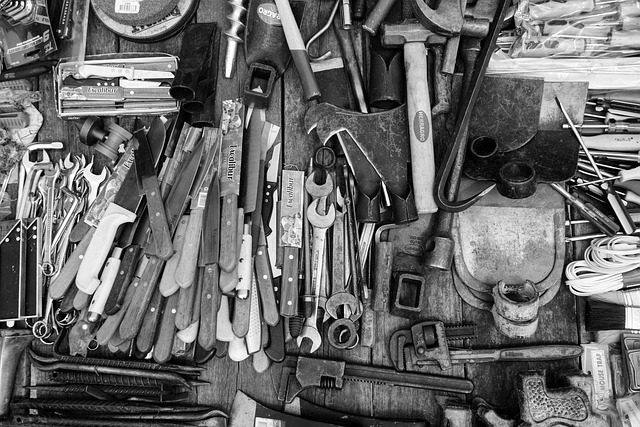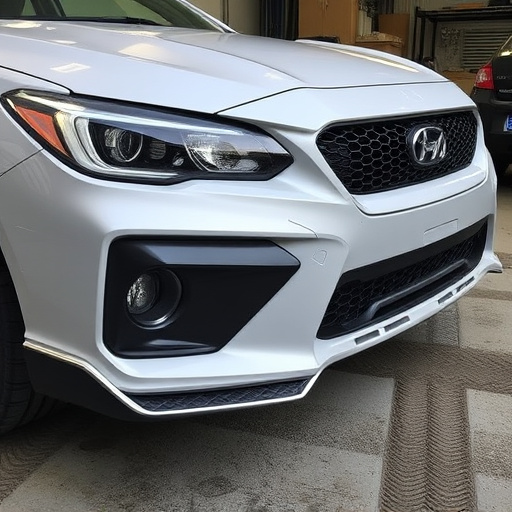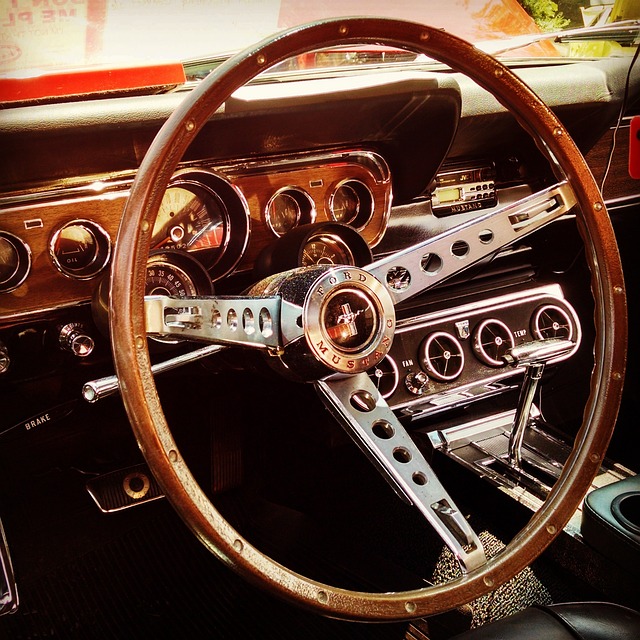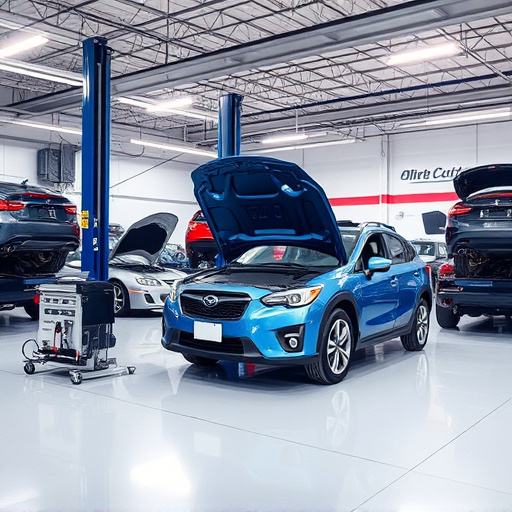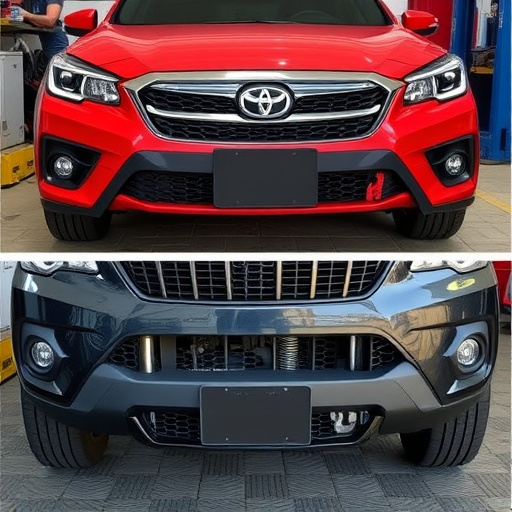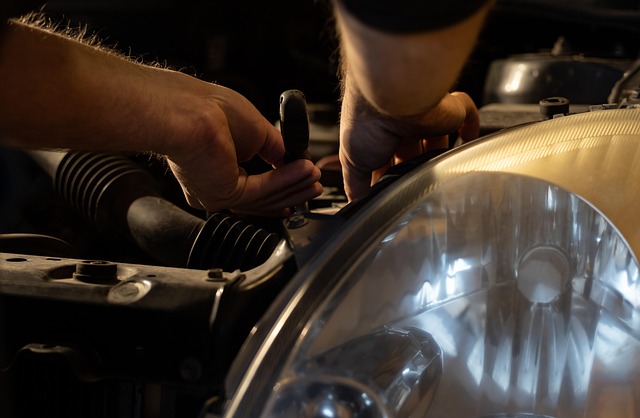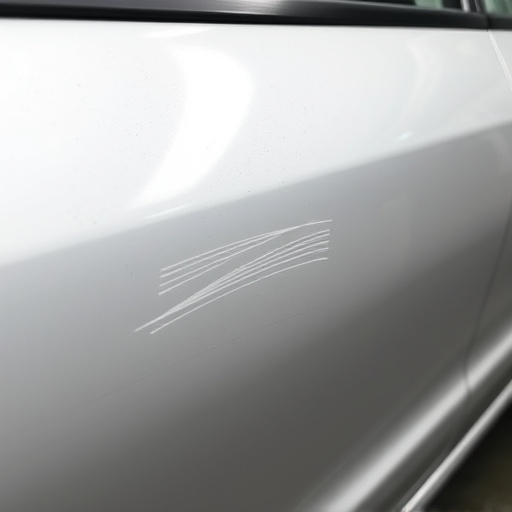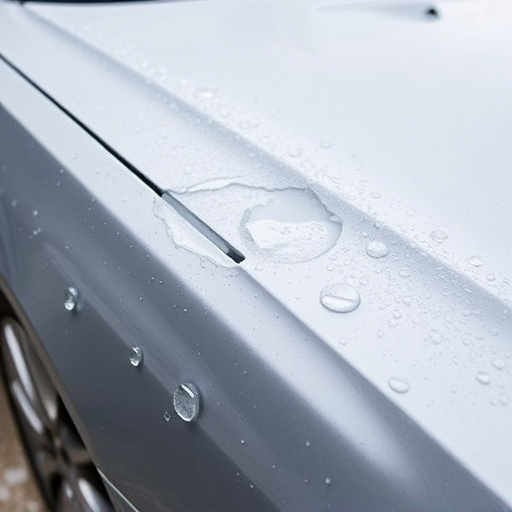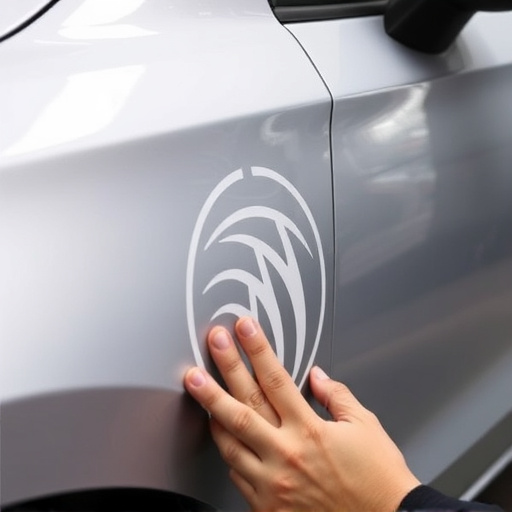Direct Repair Programs (DRPs) are collaborative initiatives between OEMs, insurers, and auto glass/body shops, streamlining vehicle maintenance with benefits like direct OEM communication, specialized training, and efficient, authorized repairs. DRPs boost customer satisfaction through faster turnaround times, reduced costs, and high-quality services using genuine parts. For insurers, they enhance operational efficiency and customer retention; for dealerships, they maintain control over repair processes and promote brand loyalty. Successful DRP partnerships require insurance providers focusing on streamlined claims processing and clear guidelines, while body shops prioritize quality workmanship, safety standards, transparent pricing, and client communication to build trust and strengthen relationships.
Direct repair programs (DRPs) are transforming the way businesses collaborate with repair centers. This article delves into who reaps the greatest benefits from these partnerships, exploring key stakeholders and their advantages. We’ll uncover strategies for success that foster long-term DRP growth, highlighting the value of collaboration in today’s competitive market. By understanding how DRPs unlock new levels of efficiency and customer satisfaction, businesses can harness their power to drive significant results.
- Understanding Direct Repair Programs: Unlocking Collaboration
- Key Stakeholders and Their Benefits
- Strategies for Success and Long-Term Partnership Growth
Understanding Direct Repair Programs: Unlocking Collaboration
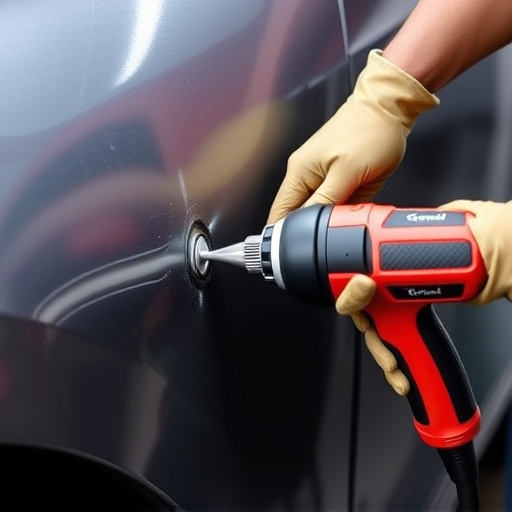
Direct Repair Programs (DRPs) represent a powerful collaboration between original equipment manufacturers (OEMs), insurance companies, and auto glass repair or body shop service providers. This innovative approach to vehicle maintenance and repair allows for streamlined processes that benefit all parties involved. By participating in DRPs, auto glass repair centers and body shops unlock a wealth of opportunities, such as direct communication with OEMs, access to specialized training, and the ability to offer efficient, authorized repairs.
These partnerships ensure that repair facilities have the necessary knowledge and resources to provide high-quality auto repair services, including expert auto glass repair or comprehensive body shop services. As a result, customers benefit from faster turnaround times, reduced costs, and peace of mind knowing their vehicles are being serviced by trusted professionals using genuine parts. DRPs foster a collaborative environment that enhances customer satisfaction and drives the industry towards greater efficiency and excellence in auto repair services.
Key Stakeholders and Their Benefits
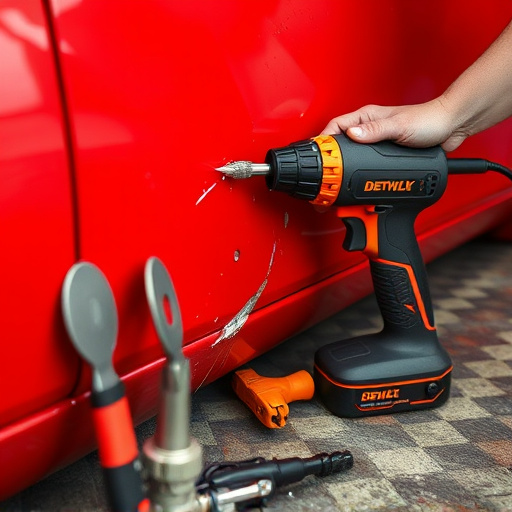
In the context of a direct repair program, several key stakeholders stand to gain significant benefits. Insurers, for instance, can streamline their claims processes, reduce costs associated with repair administration, and enhance customer satisfaction by facilitating faster, more efficient repairs. This translates into improved operational efficiency and stronger client retention.
Dealerships and auto manufacturers also reap substantial advantages. Direct repair partnerships enable them to maintain control over the repair process, ensuring compliance with vehicle standards and safety regulations. Moreover, these programs can foster brand loyalty among customers who prefer authorized body shop services for their automotive repair needs, including specialized tasks like auto glass repair or complex body shop repairs.
Strategies for Success and Long-Term Partnership Growth
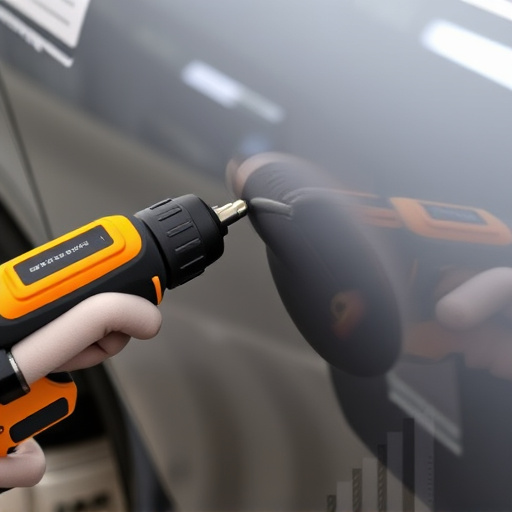
To foster a successful direct repair partnership that promotes long-term growth, both parties—the insurance provider and the car body shop—must align their strategies. The insurance company should aim to offer efficient claims processing and prompt communication, ensuring a seamless experience for policyholders. This includes providing clear guidelines on the direct repair program, facilitating quick authorization of repairs, and maintaining open lines of dialogue with the workshop throughout the vehicle body repair process.
For its part, the car body shop must prioritize quality workmanship, adherence to safety standards, and customer satisfaction. By utilizing authorized direct repair facilities, offering transparent pricing, and keeping policyholders informed about their vehicle’s progress, workshops can build trust and strengthen their relationships with insurance providers. Ultimately, a well-executed direct repair program benefits all parties involved, ensuring efficient vehicle bodywork services while maintaining high-quality outcomes.
Direct repair partnerships offer a win-win scenario, where manufacturers, repair centers, and consumers all benefit from enhanced service capabilities and cost savings. By implementing a well-structured direct repair program (DRP), stakeholders can improve customer satisfaction, reduce warranty costs, and foster long-term relationships. This article has explored the key players and their advantages, along with strategies to ensure successful collaboration, ultimately paving the way for a robust and mutually beneficial DRP ecosystem.
